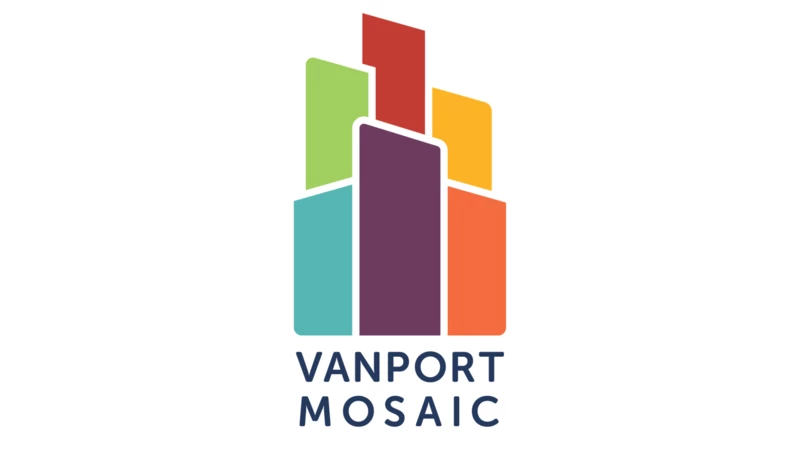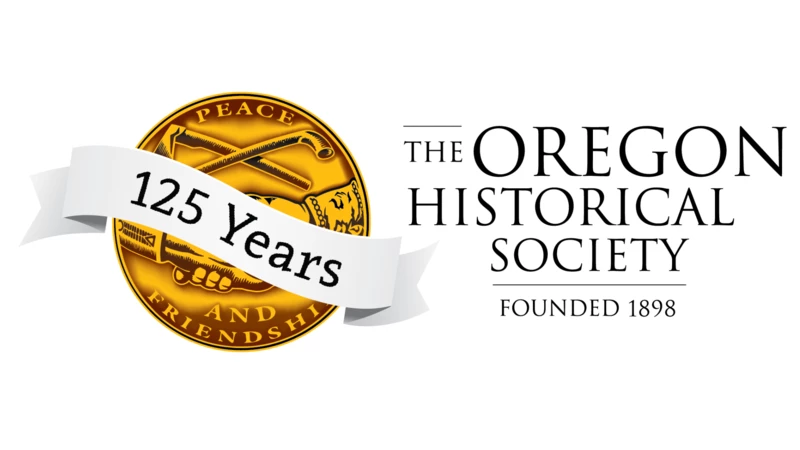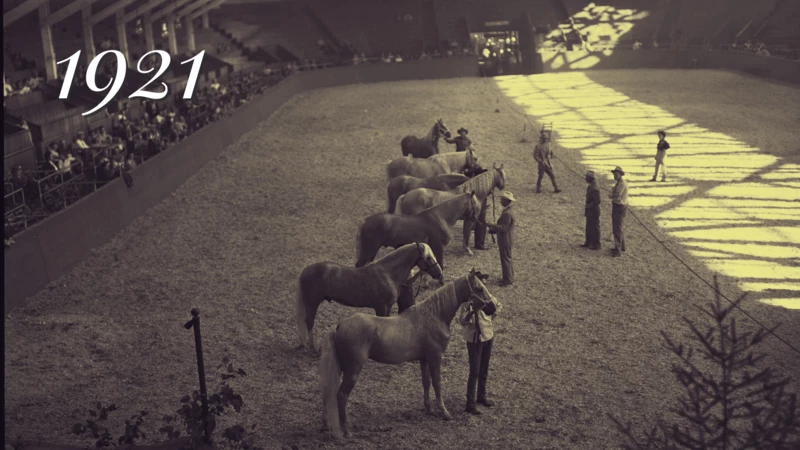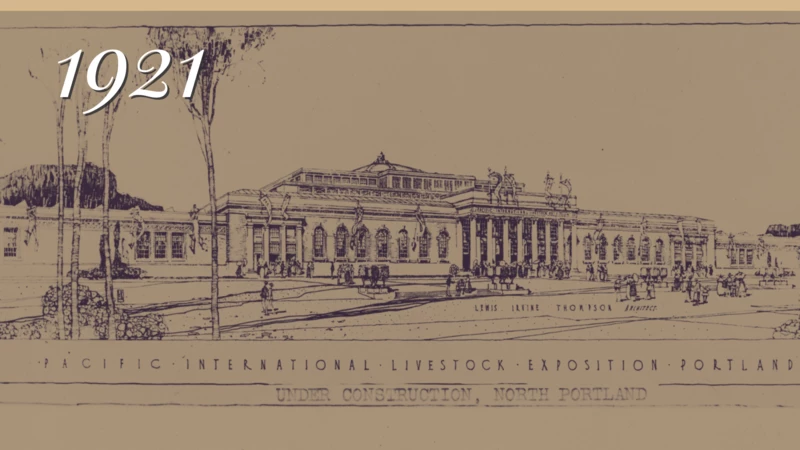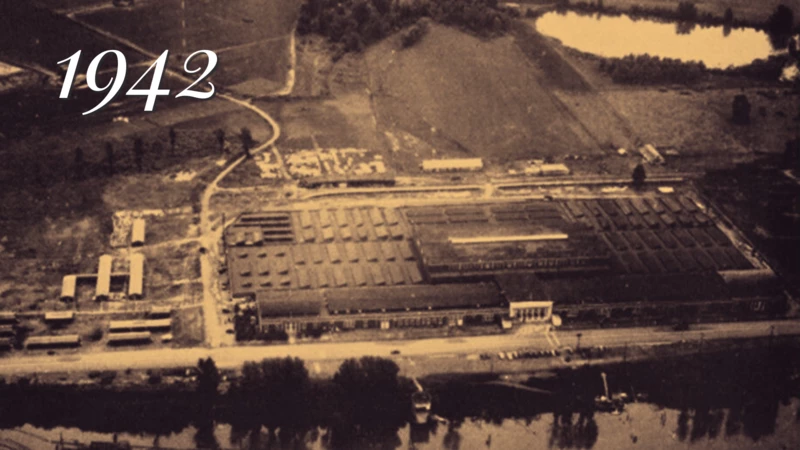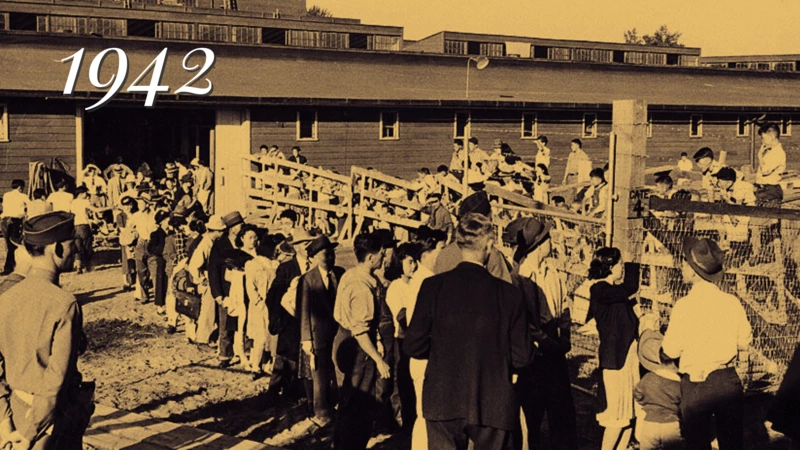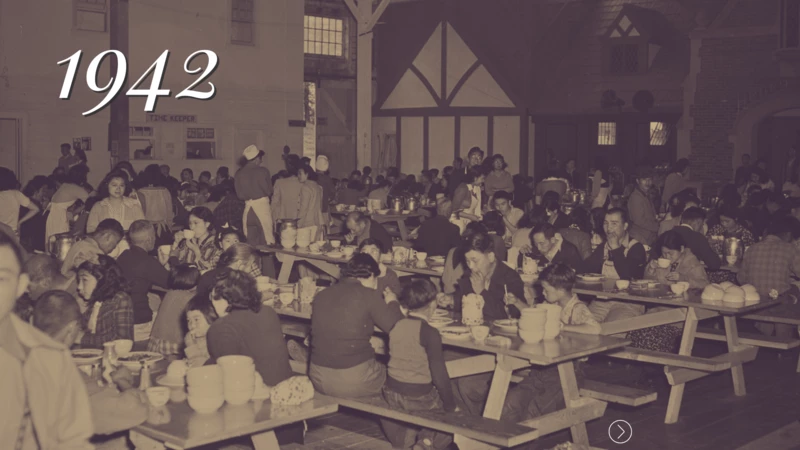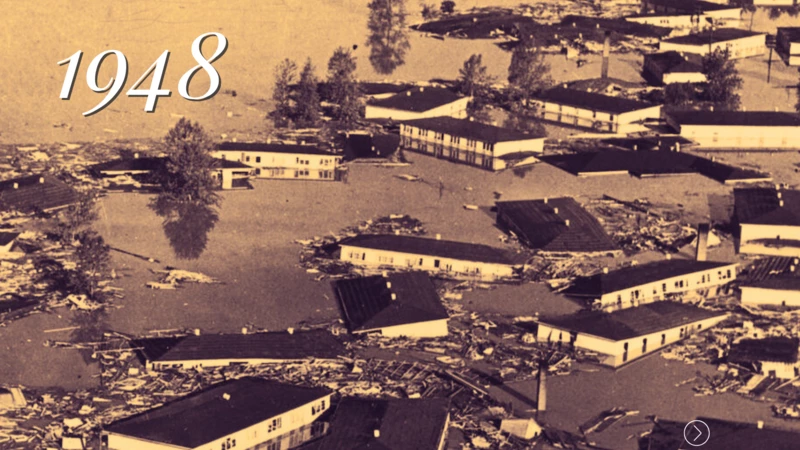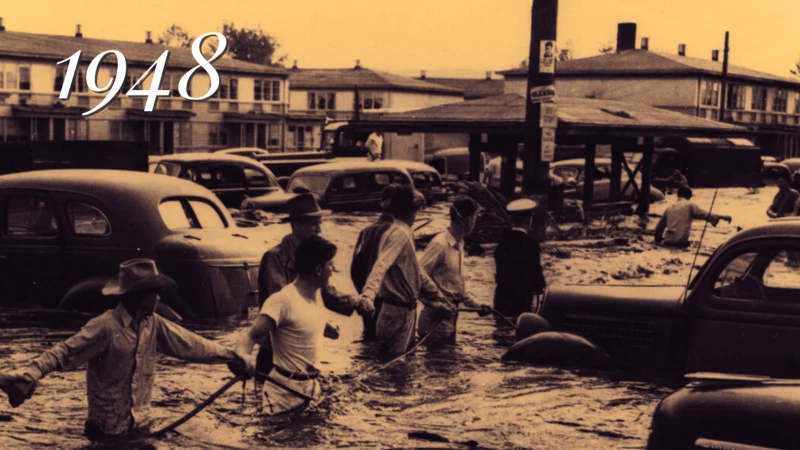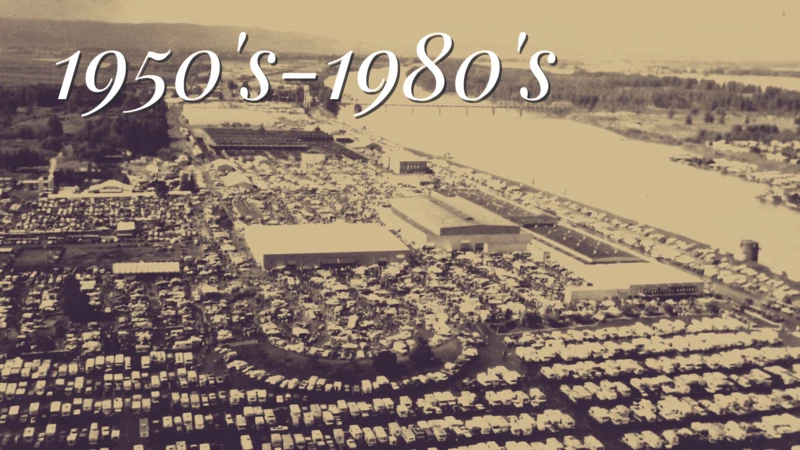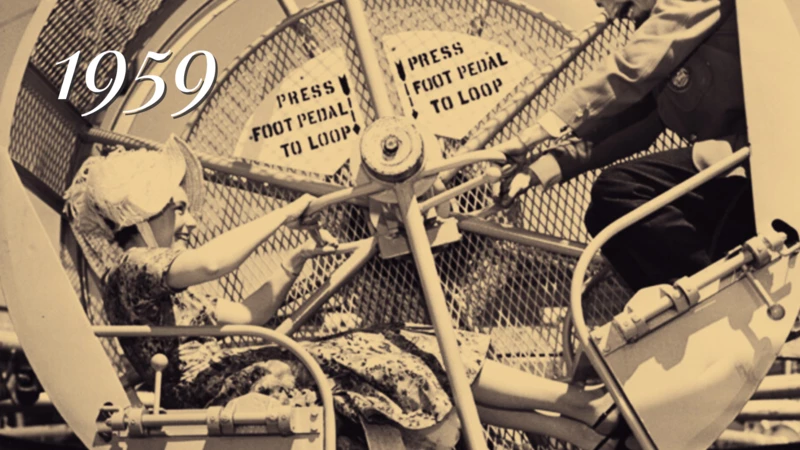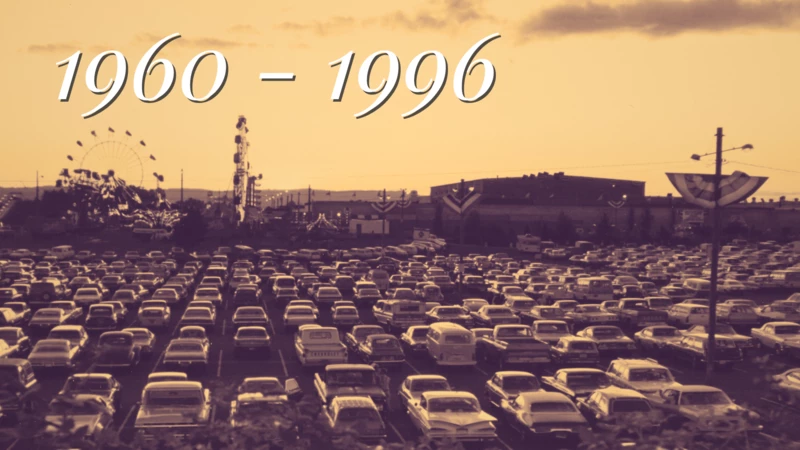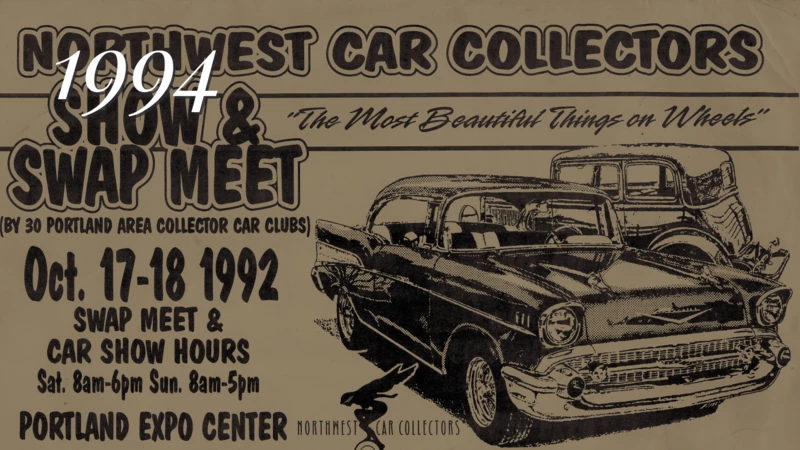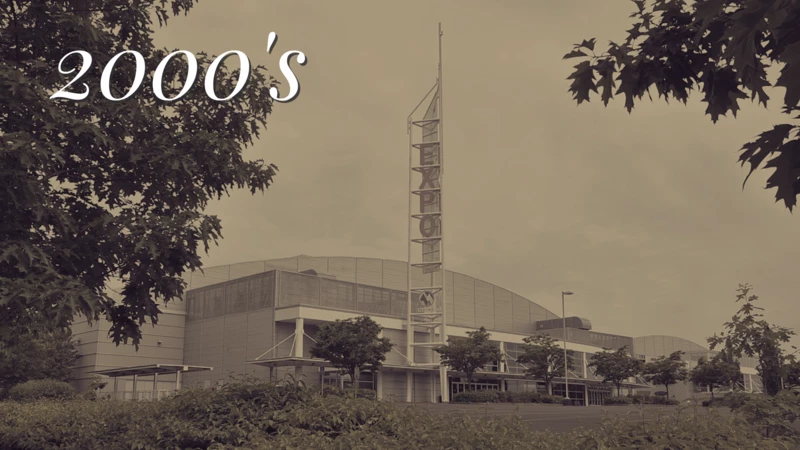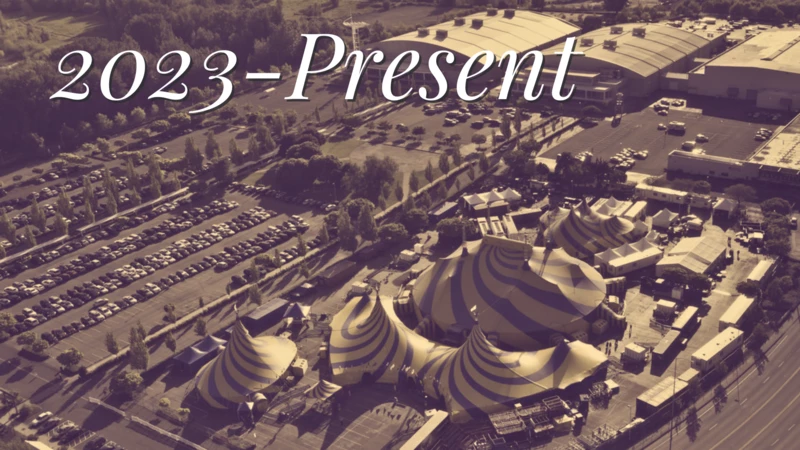About Expo & Its History
Welcome to the Portland Expo Center, the premier venue for events in the Pacific Northwest. Located in Portland, Oregon, our facility is uniquely positioned to host a wide range of events, from trade shows and conventions to sporting events and concerts.
Facility Overview
The Portland Expo Center spans over 330,000 square feet of flexible event space, making it one of the largest venues in the region. Our facility includes:
Five Exhibit Halls: Offering 255,000 square feet of exhibit space, perfect for large trade shows and exhibitions.
Meeting Rooms: Meeting rooms are equipped with the latest technology for conferences and seminars.
Outdoor Exhibit Space: 53,000 square feet of versatile outdoor space for festivals, fairs and other outdoor events.
Parking: Accommodating over 2,500 vehicles.
A member of the family of visitor venues owned and operated by Metro regional government, the Portland Expo Center is managed by the Metropolitan Exposition Recreation Commission

Community Partners
We recognize the deep and diverse history of this land, which includes its significance to Indigenous communities, its role as the Portland Assembly Center during Japanese internment, and its connection to the Vanport Flood.
We are committed to honoring these stories by partnering with organizations that are experts in preserving and sharing this history. We encourage visitors to explore these partnerships for more in-depth knowledge and resources.
Expo History Timeline
Understanding the shadows of a place's history is essential,
for in acknowledging its sorrows, we pave the way for a brighter, compassionate future.
Stay Engaged!
Your engagement and interest make our story truly special. Together, we continue to shape the future. Thank you for being a part of our journey. Stay up to date on the Expo Future Project and its progress. Follow along as we explore exciting developments and reimagine the future of the Portland Expo Center.
Learn about the future of Expo
The Interstate Bridge Replacement Project aims to modernize the aging I-5 bridge between Portland, Oregon, and Vancouver, Washington, improving safety, capacity, and regional mobility. To stay engaged with its progress, individuals can visit the project's official website for updates, attend public meetings, and sign up for newsletters to receive the latest information and opportunities for community input.



